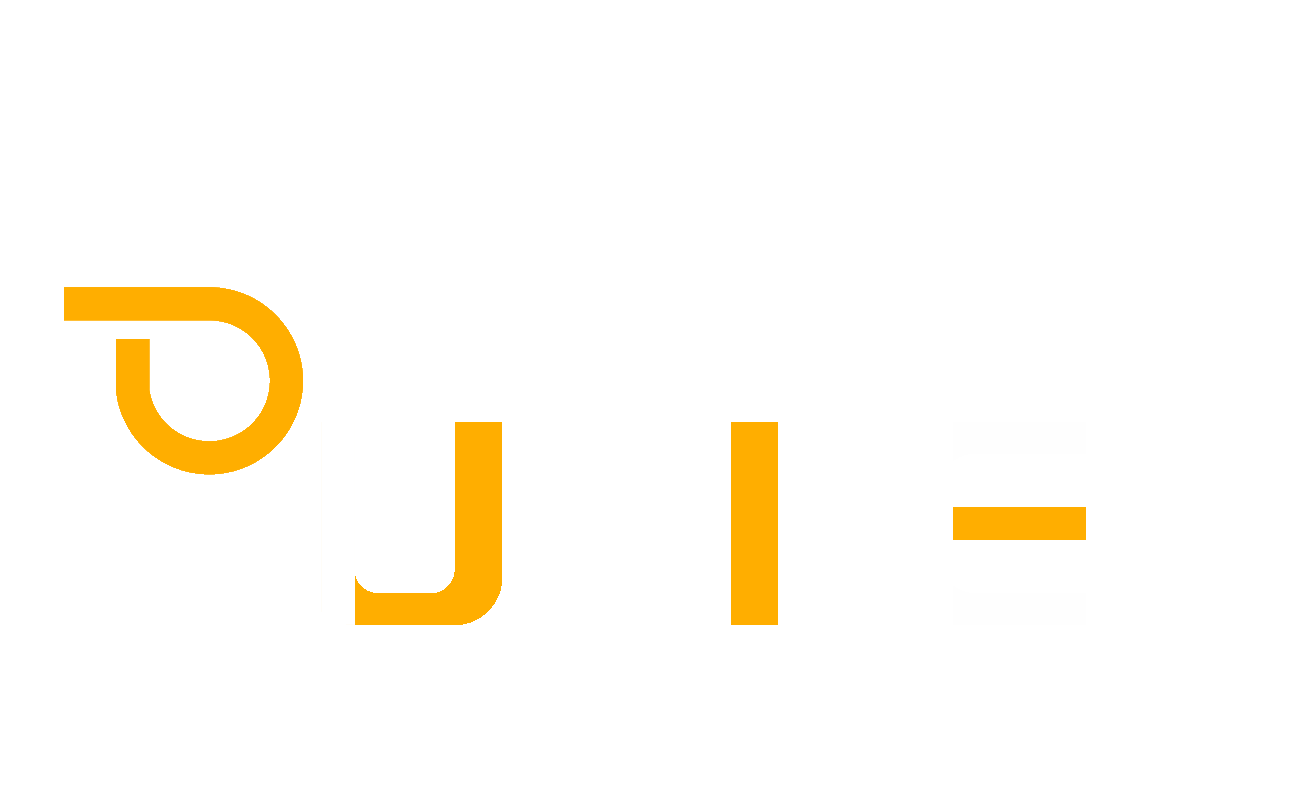Neon signs have been a staple of advertising and decor for decades, renowned for their eye-catching brilliance and vibrant colors. However, with the advancement of technology, LED neon signs have emerged as a viable alternative to traditional neon signs. In this article, we will compare LED neon signs to their traditional counterparts in terms of cost, energy efficiency, durability, and environmental impact to help you make an informed choice.
Traditional Neon Signs:
Traditional neon signs can be costly to purchase and maintain. The production process involves skilled craftsmen bending glass tubes by hand, which is both time-consuming and requires expertise. Additionally, repairing or replacing broken glass tubes can be expensive, and the operational cost is relatively high due to the power consumption.
LED Neon Signs:
LED neon signs are generally more budget-friendly. They are manufactured using flexible, pre-formed LED tubes that are easier to produce in mass quantities. The installation and maintenance costs are also lower because LED neon signs are less fragile and do not require the same level of expertise for repairs. Moreover, LED neon signs consume significantly less electricity, resulting in long-term cost savings.
Energy Efficiency
Traditional Neon Signs:
Traditional neon signs are notorious for their energy inefficiency. They rely on a high voltage electrical discharge to excite the neon gas inside the glass tubes, consuming a substantial amount of electricity. This can lead to considerable ongoing energy expenses.
LED Neon Signs:
LED neon signs are much more energy-efficient. They use light-emitting diodes (LEDs), which are highly efficient at converting electricity into light. LED technology consumes up to 80% less energy than traditional neon signs, making them a greener and more cost-effective choice in the long run.
Durability
Traditional Neon Signs:
Traditional neon signs are relatively fragile. The glass tubes can break easily if subjected to physical impact, vibration, or extreme temperatures. They are also sensitive to environmental factors such as moisture, which can lead to gas leakage and reduced lifespan.
LED Neon Signs:
LED neon signs are more robust and durable. They are constructed from flexible silicone or plastic tubing, which is less susceptible to damage. LED neon signs are also resistant to weather conditions, making them suitable for both indoor and outdoor use. Their longer lifespan means fewer replacements and maintenance, further reducing overall costs.
Environmental Impact
Traditional Neon Signs:
The production of traditional neon signs involves the use of glass, toxic gases (neon or argon), and phosphor coatings. The process can result in significant environmental harm, including the release of greenhouse gases during manufacturing and the disposal of hazardous materials when signs are retired.
LED Neon Signs:
LED neon signs are considered more environmentally friendly. They do not use toxic gases or hazardous materials in their production, and their energy efficiency reduces carbon emissions during operation. LED neon signs are also recyclable, and their longer lifespan reduces waste, making them a sustainable choice.

